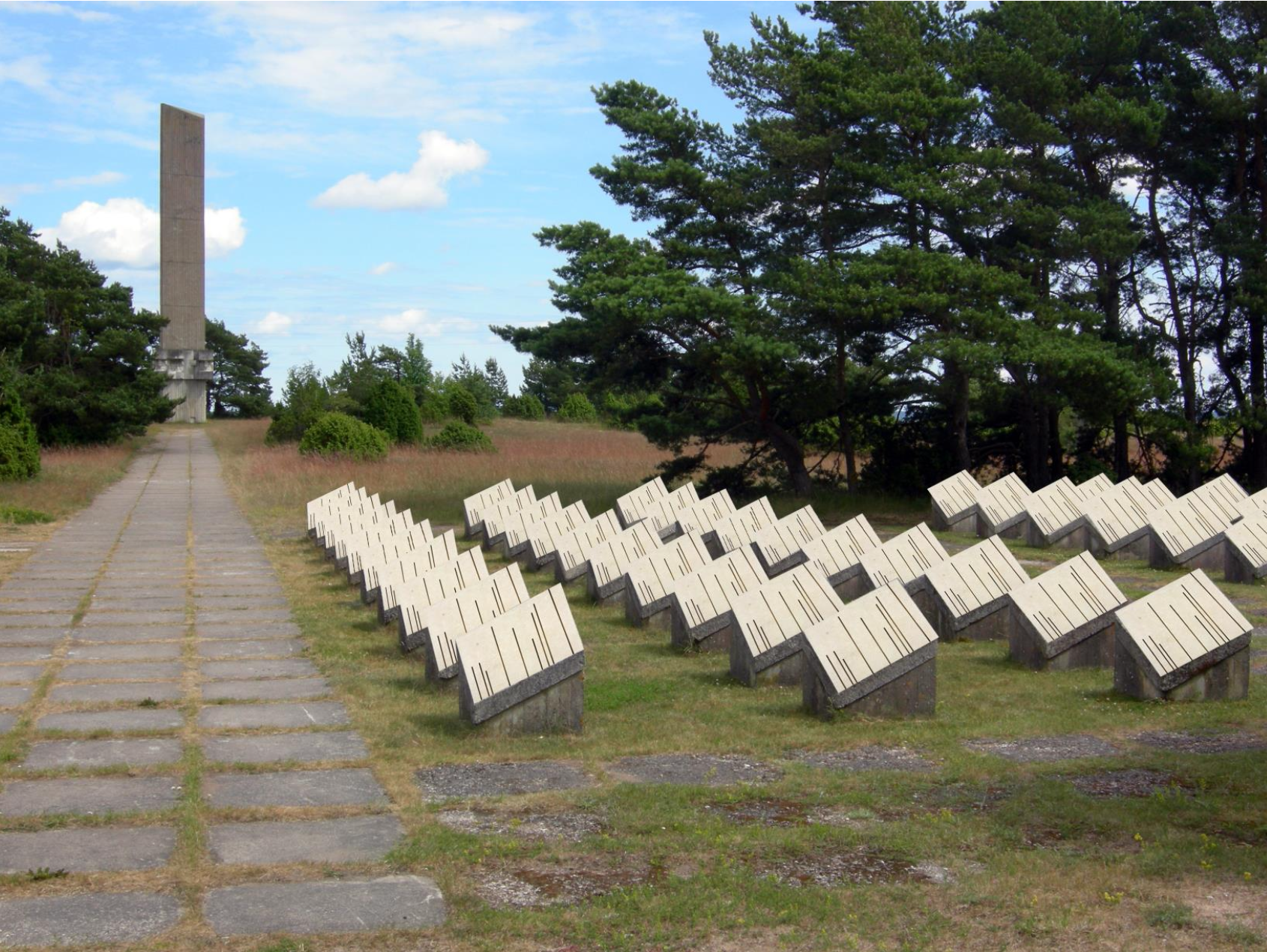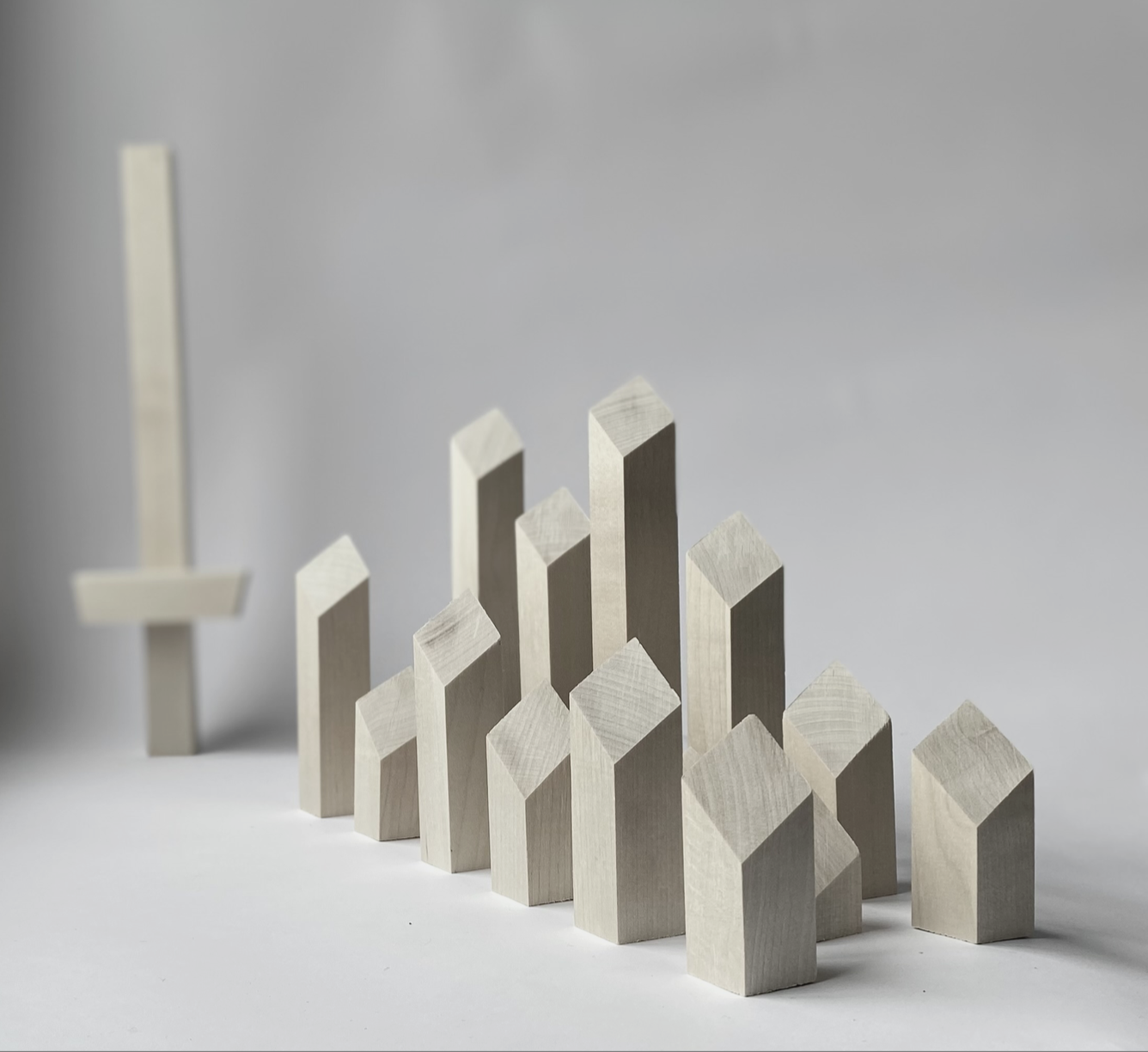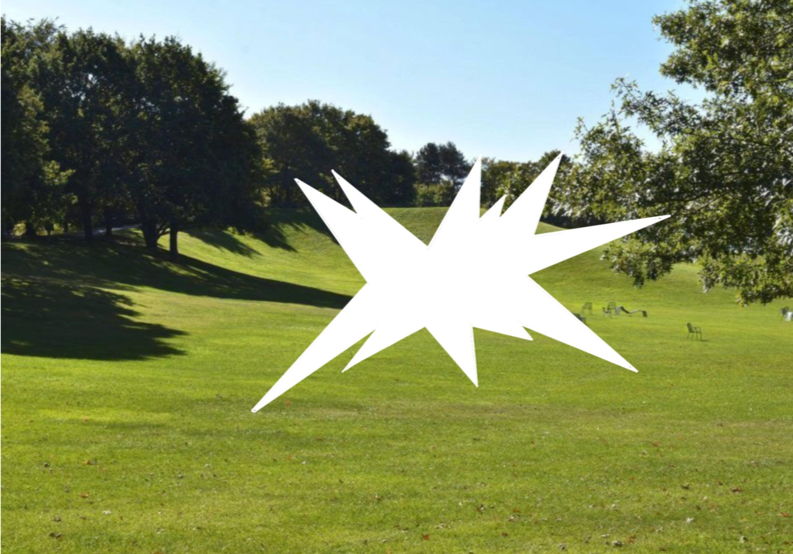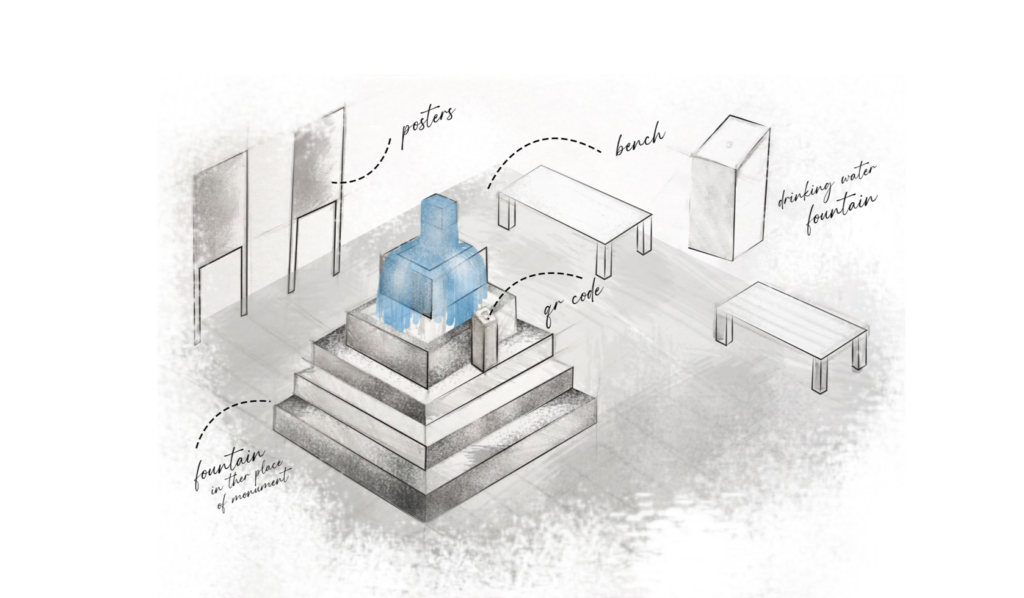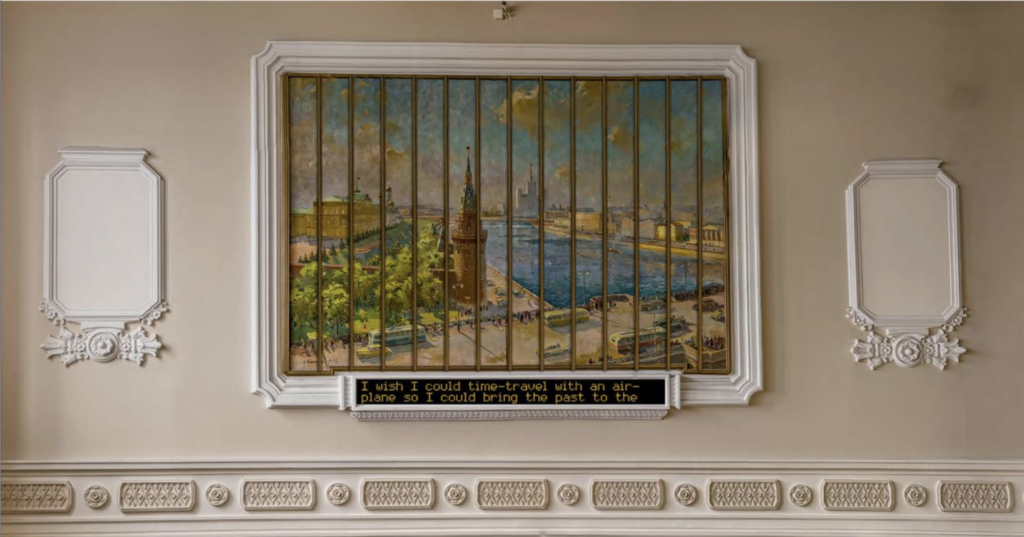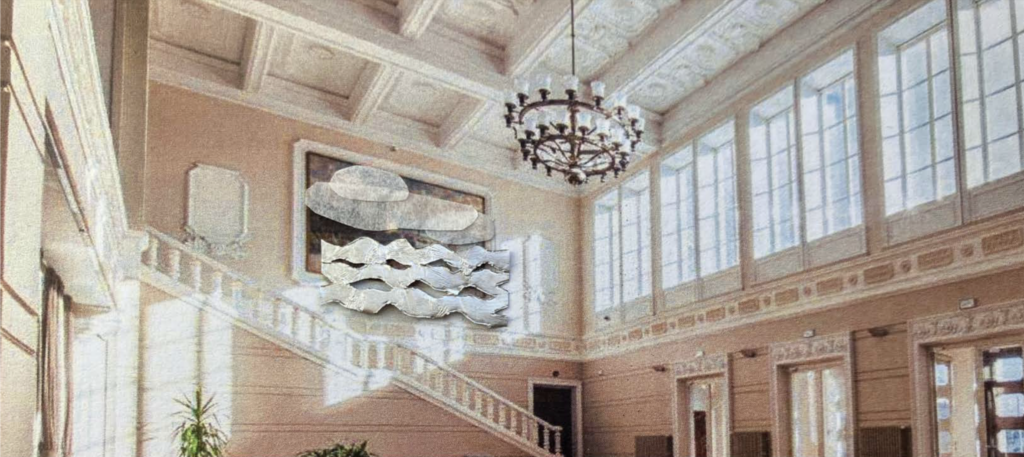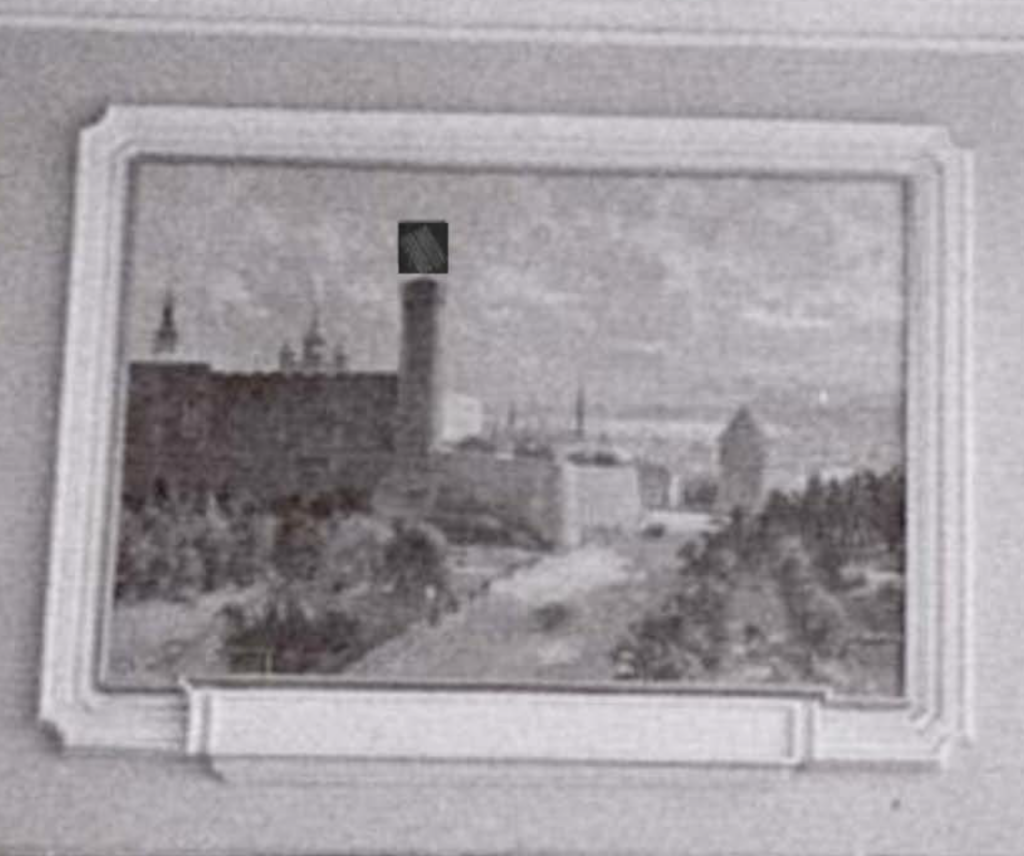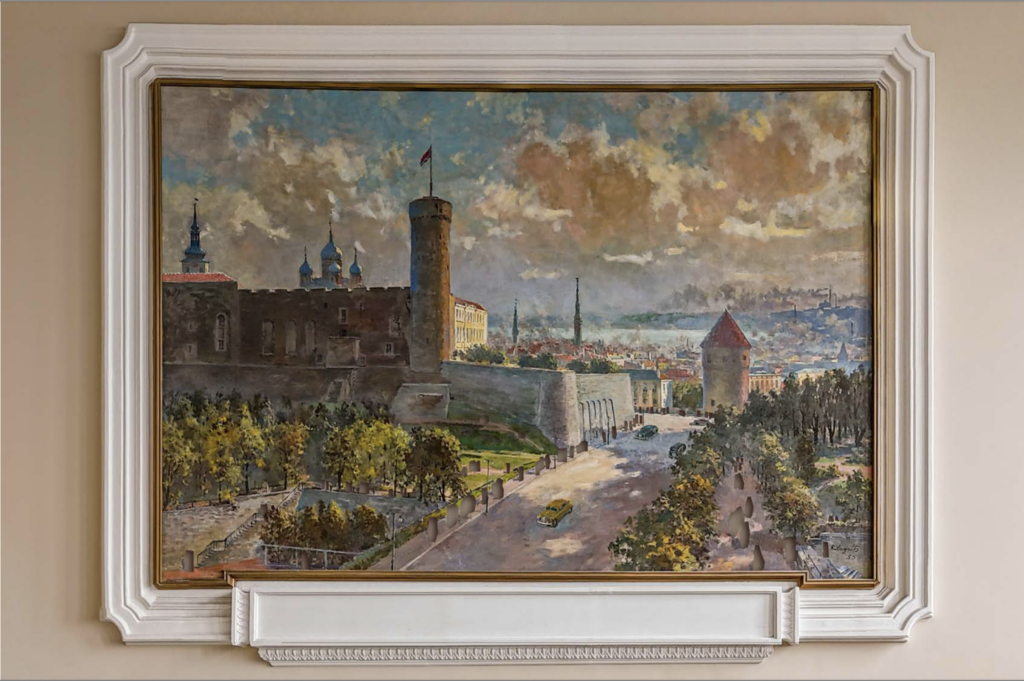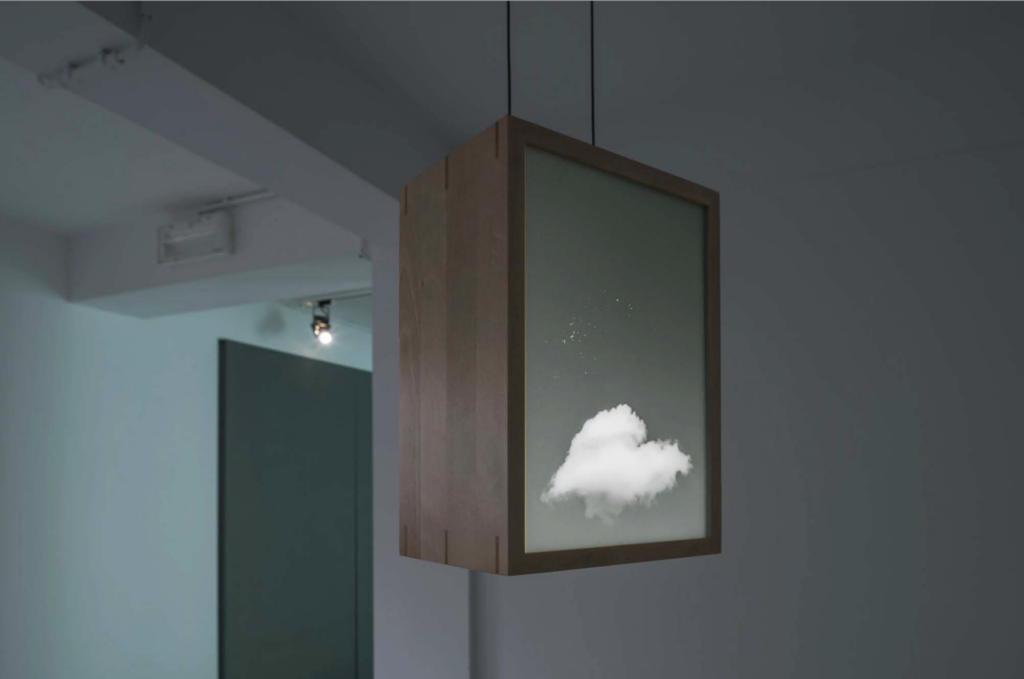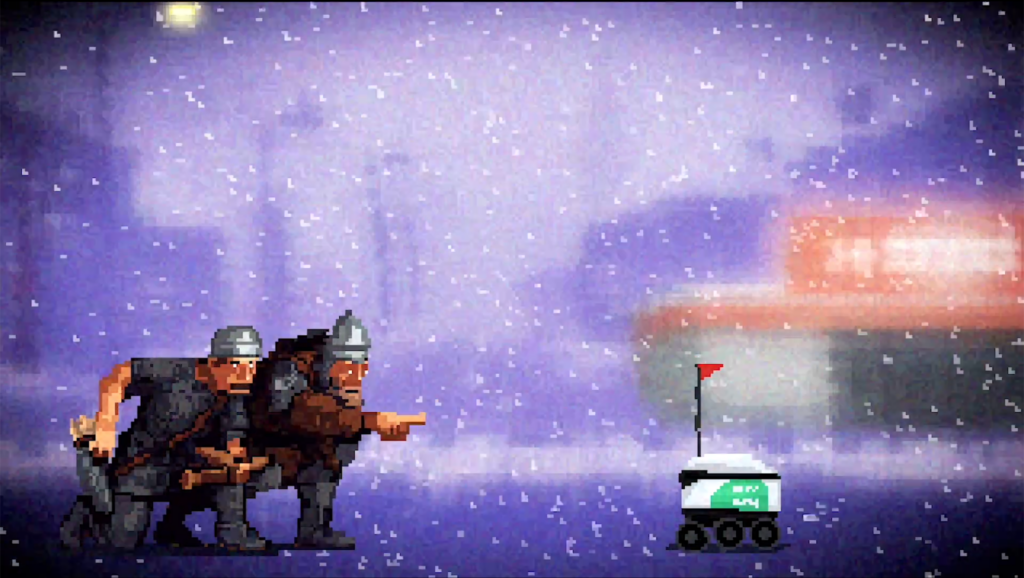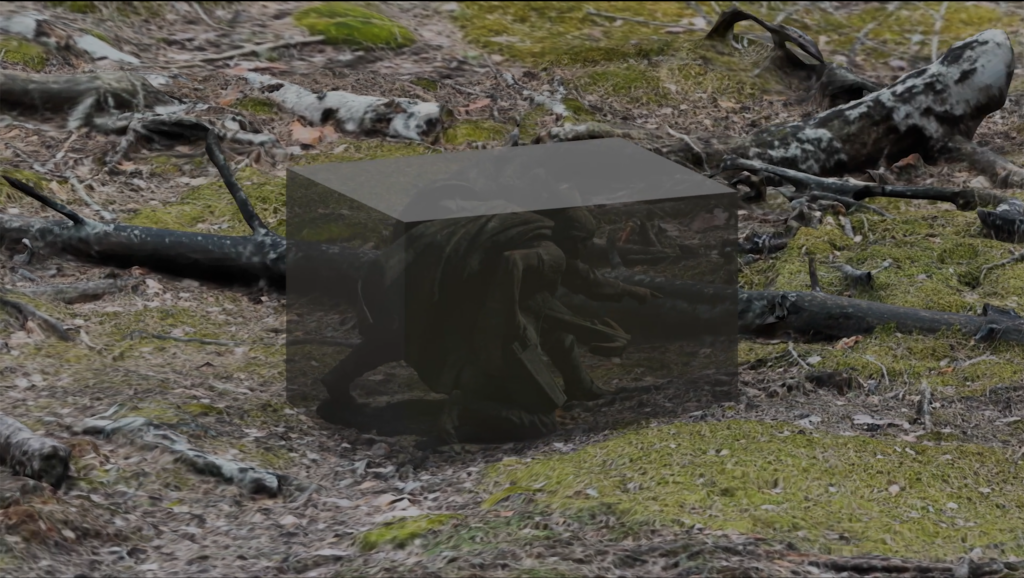How to Reframe Monuments – artists’ interventions
A monument is a hallmark of historical memory. It is an art form in public space through which the political gaze manifests itself – the more biased and manipulative, the more powerful and disturbing. This gives rise to the need to remove the signs of colonialist violence, foreign ideology and disinformation. The act of removal seeks a liberating and cleansing effect, a practice that has been used by well-known liberation movements, such as Black Lives Matter in America. Estonia’s Soviet-era monuments, which only recently made us smile and laugh, have taken on a different meaning after the attack on Ukraine. History, which seemed irreversible, has proven inevitable.
It is easy to destroy objects. It is much more difficult to confront them with memory and memories.
Problematic monuments require critical transformation – which can be done most vividly by the artist’s gaze. By involving artists and curators, we hope to initiate an open dialogue, find creative solutions and create opportunities for new conceptual developments.
The sculptural nature of the Tehumardi memorial, its landscape, architectural structure and masterful execution testify to the originality, professionalism and aesthetics of the authors of the time. The Battle of Tehumardi was undoubtedly a tragic event. As a memorial to historical trauma, the preservation of the monument is still justified today. How, however, should we relate to the traumatic rhetoric of the occupation, which is why the monument is currently disturbing?
The project “How to Reframe Monuments” (MUR) aims to provide analytical support to visitors to the Tehumardi complex, the local municipality and the authors of the monument. The information leaflet-object introduces viewers to the visions of the artists who participated in the idea collection for the Tehumardi monument in spring 2024.
Feedback from visitors is important for the authors and the research team. How would it be best to change the meaning of the Tehumardi monument? Which artistic solution seems most convincing? We look forward to your thoughts in the inbox that accompanies the exhibition.
Kirke Kangro, curator of art projects at MUR
Art Projects – Tehumardi Memorial
The architectural part of the Tehumardi memorial, the field of squares, has currently been removed and is stored by the Saare local municipality. It is important to find a sensitive and clever way to re-establish this impressive piece of architecture in a new setting and role in the landscape.
Artistic projections for Estonian monuments proposed at the international workshop “How to Reframe Monuments: Case Studies for Thinking Through Dissonant Heritage” held in Narva
31.08 – 05.09.2024 an international workshop was held in Narva, which focused on learning from case studies. The lectures, seminars and workshops brought together expertise and knowledge from different fields and contexts to explore solutions that aim not to dismantle dissonant heritage but to place it in a new, critical framework. During the three days, students and metors discussed the broader conceptualisations and histories of reframing monuments and heritage, as well as focussed on concrete cases. The cases included various artistic interventions as well as other means of reframing, ranging from educational programs and museology to community engagement.
Tallinn Airport old terminal monumental painting project
The old terminal of Tallinn Airport is a unique blend of 1930s pseudo-classicism and Stalinist historicism. In the final years of the Republic of Estonia, the State Road Administration organized a public architectural competition for the construction of the airport. By the time the country lost its independence, only a few details were missing from the completion of the building, but after the occupation and the subsequent war only the supporting structures of the building remained. The Stalinist reconstruction project typical of the era was completed a year before the dictator’s death (1952), and the airport building was opened in 1955 on the anniversary of the October Revolution, as was customary at the time.
The monumental interior architecture of the building includes two period paintings: Viktor Karrus’ View of Moscow and Richard Sagrits’s Old Tallinn, both completed in 1955.
We turn to the artists to find a solution for contextualizing and reframing their works. The initial task is to reduce the propagandistic symbolism from the paintings, while preserving the role of the paintings in the structure of the interior. View of Moscow needs a critical reframing, in the case of Sagrits’s work we are looking for a solution regarding the red flag flying on the Hermann Tower – whether its replacement, conceptual covering, framing, etc.
In creating solutions, the most conservative approach to the painting is preferred. We are looking forward to creative reshaping – conceptual shifts, contextualizing comments, aesthetic reinterpretations and new meaningful frameworks that critically relate to the ideological aspect of the historical heritage.
Meelis and Vyachko: Monument and Fairy Tale
As part of the conference “Meelis and Vyachko: Anatomy of a Myth”, contemporary artists will add a new layer to the monument with their digital commentaries. The six virtual works created under the subtitle “Monument and Fairy Tale” relate to Olavi Männi’s sculpture group “Vyachko and Meelis in the Defense of Tartu”, which was completed in 1950 and erected as a monument in 1980 on the Kassitoome hill in Tartu.
Olav Männi’s sculpture depicts two characters from Enn Kippel’s historical youth story “Meelis” (1941) – the Polotsk prince Vyachkoo and the fictional hero, Lembit’s son Meelis. The story, published during the Soviet era, told of their friendship and cooperation in the defense of Tartu against the German crusaders in 1224. Some researchers have identified Prince Vyachko with the Livonian Vetseke, but the Soviet authorities used the story as an opportunity to emphasize the historical friendship and allied relations between the Estonian and Russian peoples. The sculpture, which had been forgotten for a while, has recently gained renewed attention in connection with the broader debate about Soviet monuments and heritage.
“Monument and Fairy Tale” brings digital art works to the exhibition hall of Tartu University History Museum that offer new possibilities for interpreting Meelis and Vyachko’s sculpture. The artists have approached the challenge digitally, continuing the fairy tale of the monument through new symbols and memes.
Curator: Kirke Kangro
Exhibition team: Linda Kaljundi, Mariann Raisma, Annika Tiko
Design: Kristjan Mändmaa
Language editing: Hille Saluäär

